A - Z Of Digital Marketing
/A – Z of Digital Marketing
A – Apps
Mobile marketing is becoming increasingly important in the modern world, especially through apps, statistics show that users spend 90% of their time in apps as opposed to the mobile web.
B – Blogs
There’s a number of reasons why blogs, such as this one, are important for any growing business. For one, it helps drive traffic to your website through SEO (which we’ll touch on later). Blogging also keeps your website looking up to date and overall more engaging and interesting for potential customers.
C – Content Marketing
Content marketing is an online marketing strategy focused on creating and distributing valuable, relevant, and consistent content to attract a loyal audience online. Content marketing surpasses traditional marketing by miles but providing more customer engagement and the ability to reach a wide range of customer worldwide.
D – Descriptions
Descriptions (on online galleries for example) are an excellent way to bring customers to your website, not only does it make it easier for customers to identify your products, it can also provide SEO and be a simple but effective way to boost your website on search results.
E – E-Mail Marketing
E-Mail marketing is a great, low cost way to get your business noticed by potential customers. One of the best things about e-mail marketing is that it can be used by anyone, however there are specific ways to ensure your potential clients read your e-mail and visit your website.
F – Facebook
Facebook marketing is extremely important in the online world, as of 2016, there are over 1.79 billion monthly active Facebook users worldwide, meaning it is essential in ensuring your business reaches as many people as possible. Facebook allows you to zero in on certain demographics and locations, therefore making it even easier for your business to get noticed.
G – Google Analytics
Google Analytics is the most widely used web analytics service and is currently in use on around 55% of the 10,000 most popular websites. It is essential for businesses as it can track visitors from all referrers, such as search engines and social networks, making it an important tool in tracking your online performance.
H – Hootsuite
Hootsuite is an excellent tool for maintaining your social media presence as it allows you to schedule tweets and respond to messages quickly.
I – Impressions
Impressions are the amount of people who view your ad (people who actually click on it aren’t taken into account), impressions are a useful way to gauge which sites your ad’s being viewed most on.
K – Keywords
Using keywords on your site is an excellent way to boost SEO and make it easier of potential customers to find you site.
L – LinkedIn
LinkedIn is a professional social networking site focusing on business connections. Because of its wide use in the business world, it’s a must for any growing business.
M – Microblogging
Microblogging allows users to post short messages to their subscribers/followers. Microblogging sites such as Twitter or Tumblr are useful for business as they allows short, straight to the point messages to be posted to a large audience.
N – Navigation
Navigation refers to the links on your site, clear and concise links makes it easier for customers to find their way around their site and find information on the services you provide.
O – Organic Search Results
Organic Search Results refers to search results ranked on the basis of use by real people, as opposed to search results which paid to be ranked highly.
P – Pay per Click
Pay per Click, or PPC, is where advertisers pay a fee each time one of their ads is clicked, this allows businesses to buy visits for their site.
Q – Questions & Answers
FAQ’s (frequently asked questions) can be important on sites, they’re an excellent way to provide clear information for customers while indirectly engaging with them and can save time for businesses.
R – RSS Feed
RSS (Rich Site Summary) is used by many news sites, blogs and other online publishers to publish regularly changing information and frequently updated content.
S – SEO
SEO (Search Engine Optimisation) refers to the effectiveness of a company’s online performance in search results, such as Google. You can read more about SEO here.
T – Twitter
Twitter is a microblogging and social networking site where users can publish 140-character posts which can be seen by their followers and by others through search results and retweets.
U – Unique Visitors
Unique visitors are individuals who have visited a page or site in a fixed time frame (typically 30 days).
V – Vlog
Vlogs are “video blogs” and are an excellent way to provide information to customers and potential customers. Vlogs, if done correctly, can be amazingly creative and informative and are often more successful than more traditional blogs.
W – Websites
Websites are online pages and are essential for any business that wants to expand online as it allows clients and potential clients to find all information regarding your business in one place.
X – XML
XML is Extensible Markup Language and is a markup language, similar to HTML, used to store/transport data in a way that is machine readable and human readable.
Y – YouTube
YouTube is a video sharing website which allows its users to post and like videos. YouTube is renowned for its success stories in turning vloggers and gamers into millionaires through their unique feature of allowing users to monetise their content.
Z – Zapier
Zapier is a service which allows you to connect apps, making organisation of messages and notifications a lot easier to manage, this allows your business to reply to customers a lot more efficiently, making your business come across as a lot more approachable and committed to customers needs.









